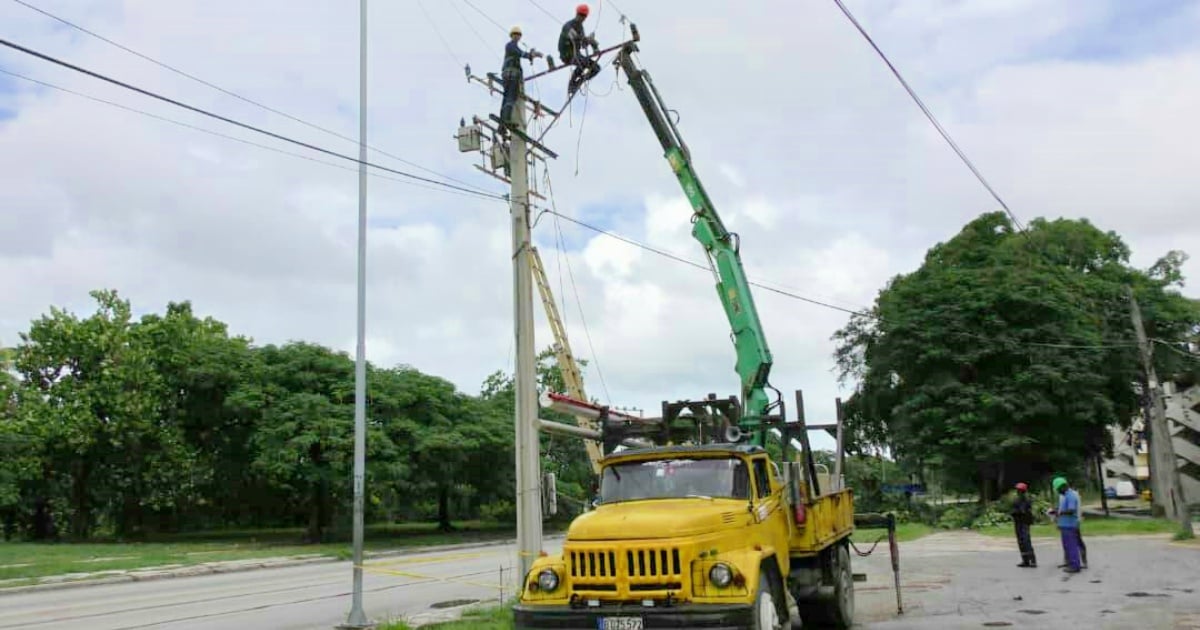In a brief announcement, the Cuban government declared that the National Electric System (SEN) is now operational again. According to a statement from Minister Vicente de la O' Levy, efforts are underway in western provinces to repair circuits, raise poles, and restore electrical lines. Havana has reportedly started receiving electricity, with 81 megawatts currently being supplied, as per the announcement on the Cuban Presidency's X account.
This statement was made during a meeting updating Miguel Díaz-Canel on recovery efforts following Hurricane Rafael's impact on the western part of the country. On the same day, the Cuban Electric Union (UNE) also shared on X that the "Lidio Ramón Pérez" (Felton) Thermoelectric Plant had begun to stabilize its load and contribute to the SEN's recovery.
Progress and Challenges in Power Restoration
Earlier on Friday, the Havana Electric Company reported ongoing recovery operations in the aftermath of Hurricane Rafael's passage. Out of 337 primary distribution circuits, 305 had been inspected and evaluated, with electrical service restored to 143,468 customers across 50 circuits. Additionally, power was reinstated in eight circuits supplying hospitals and two water supply circuits, achieving an overall recovery progress of 15.1%.
The company noted the discovery of 90 fallen poles, with 30 located in the Plaza and Cerro municipalities. As of this report, no further details have been provided about the SEN's synchronization status.
Preemptive Measures and Widespread Disconnection
Prior to Hurricane Rafael's landfall, the Cuban Electric Union had warned that strong winds had disconnected the SEN, prompting "contingency protocols." Lázaro Guerra Hernández, the director of Electricity at the Ministry of Energy and Mines, explained to Cuban Television that a "voluntary disconnection" would occur when winds reached 60 km/h to prevent infrastructure damage and ensure public safety. He emphasized the importance of this automatic disconnection when such wind speeds are recorded.
Interestingly, the nationwide disconnection surprised many, as it included areas not directly impacted by the hurricane. Furthermore, the Cuban Electric Union had already forecasted power outages of approximately 1,354 megawatts during nighttime hours on Wednesday, with daytime outages expected to reach even higher levels, around 1,400 megawatts. This means that many Cubans experienced power cuts well before the hurricane's effects.
These extended blackouts led to protests in the town of Encrucijadas, located in the province of Villa Clara, reflecting the growing frustration among residents.
